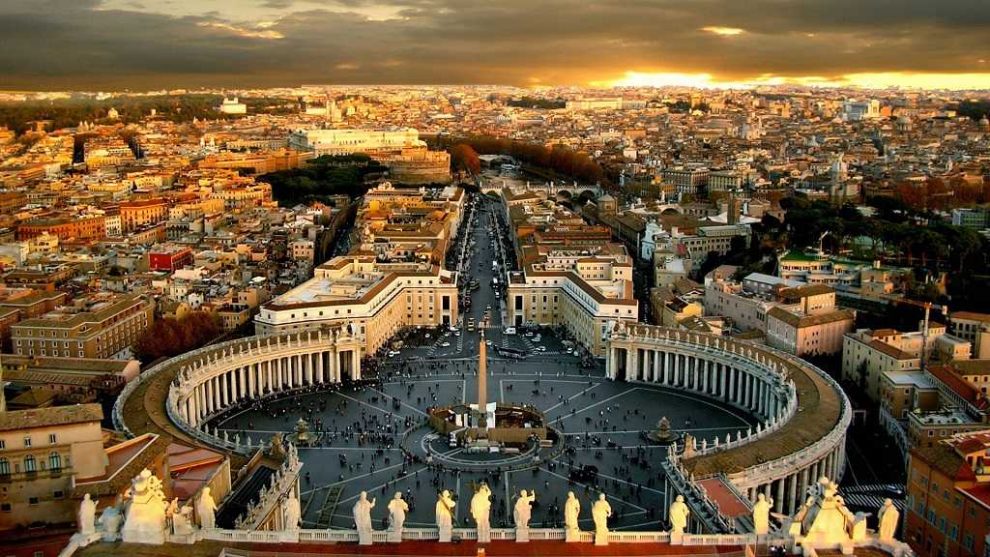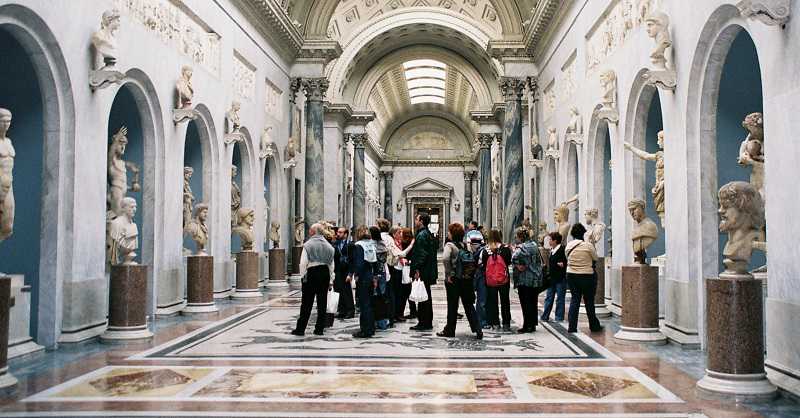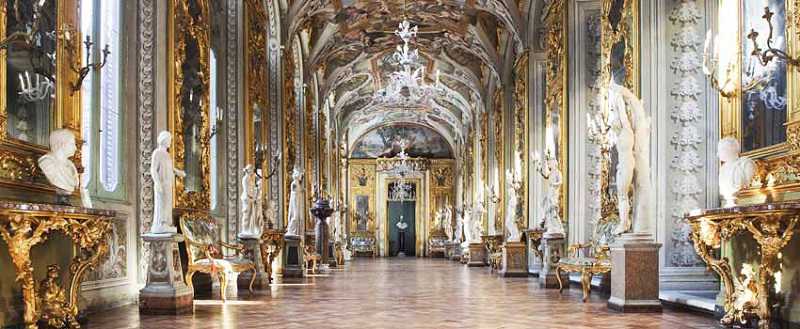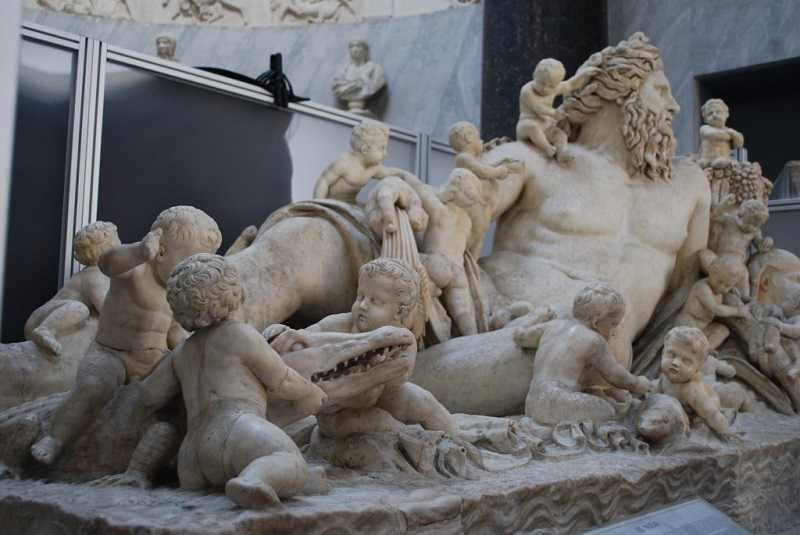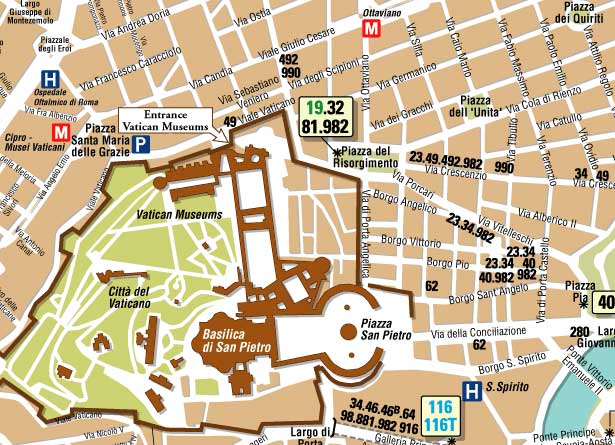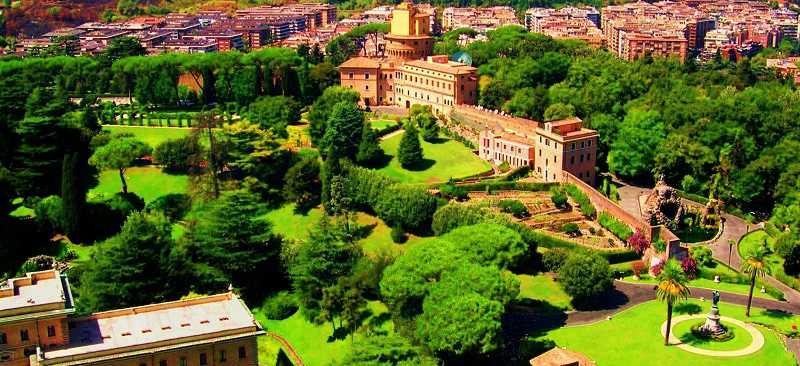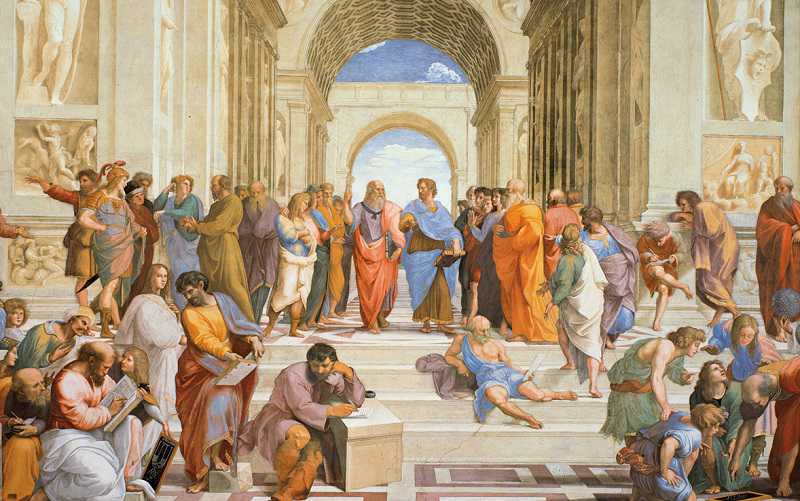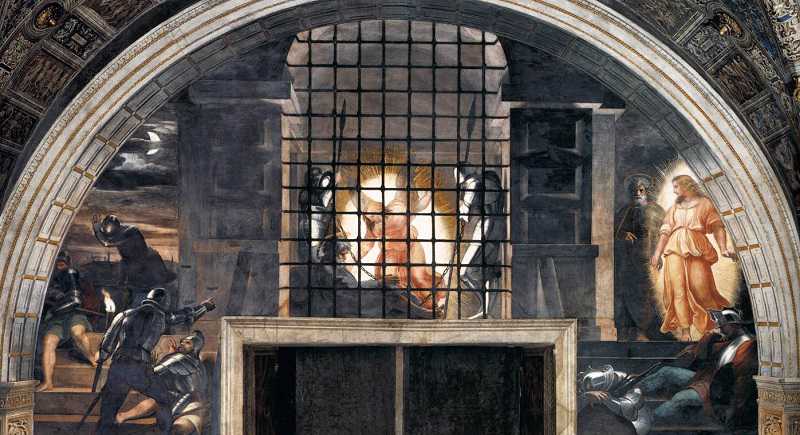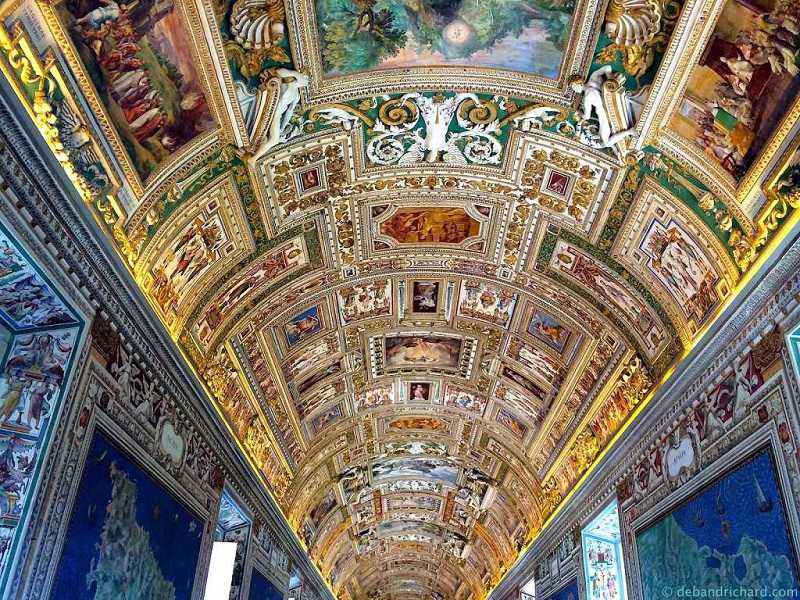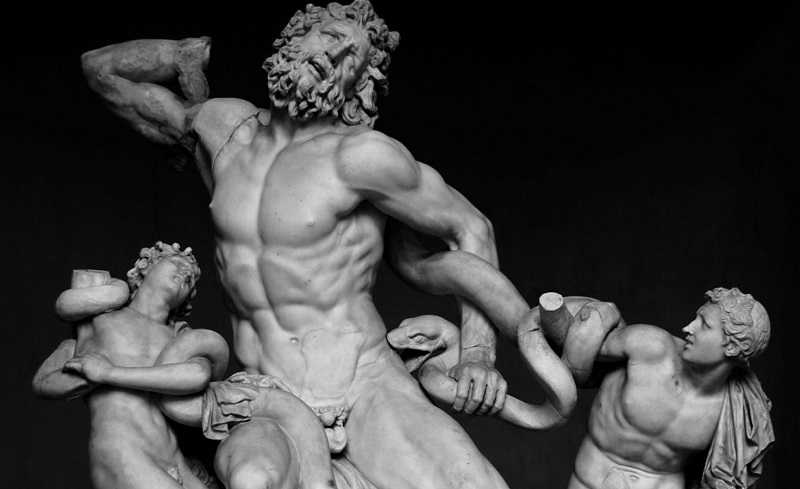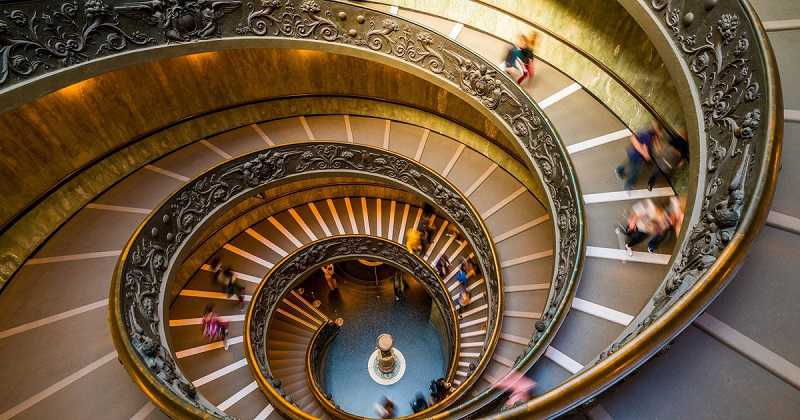Last Updated on 3 December 2024 by TT
Vatican Museum
Vatican Museums (Museu Vaticani) (Ckick to see the ticket prices) are the museums of Vatican City State located in Rome, near to the center of the city. The museum has an art collection anormously reach, especially from the Renaissance Period. These paintings and sculptures had been colleccted by the popes for centuries.. Besides of the museums the famous Sistine Chapel is another jewel worth to see inside of the complex. You need to buy one ticket to visit the both sides, the museums and the Sistine Chapel. You can buy your ticket here securely or join to a guided tour, by this way you will enter the museum without waiting in the long ticket lines. There are hallways of 7 kms, thousands of statutes, valuable paintings, murals, Egyptian mummies and more historical pieces in the museum. There are 54 galleries including Sistine Chapel along with the important halls (sala) such as Pio Clementino, Pinacoteca Vaticana and Stanze di Raffaello. If you like to see the most important artifacts without being tired a lot we recommen you to join in a guided tour.
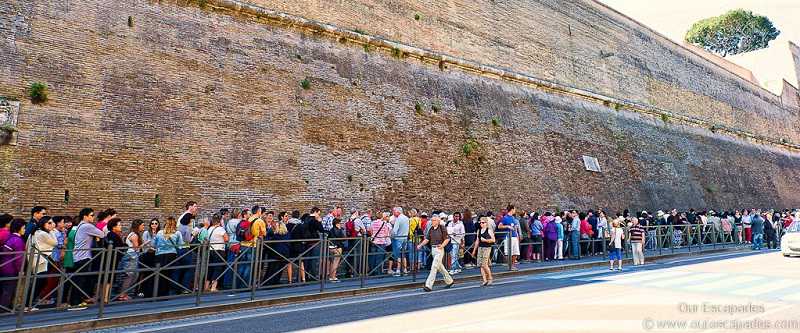
More Information For Visitors
The entrance tickets are valid only in the day they are bought. You may not see all the artworks in the museum in one day. Therefore it’s better to see only the most important artworks in the museum by planning or a bit studying before your visit or you may join in a guided tour. Still, you have to spare at least 4-5 hours. This is an enormous museum with 54 galleries and it is always crowded. If you don’t visit this museum in a planned way or with a person who knows the museum, you will probably get tired and see the wrong artworks.The Vatican Museum is large complex, It is composed of different buildings and halls separated with many yards. The best way to visit the Vatican Museum is to join one of the guided tours at here
Vatican Museum Visiting Days and Hours
- Visiting Hours; Monday-Saturday 09:00-18:00
- Closed Days; On Sundays ( it is open in the last Sunday of each month between 09:00-14:00 and it is free) and these dates; 08.12, 25.12, 26.12, 01.01, 06.01, 11.02, 19.03, 05.04, 06.04, 01.05, 29.06, 15.08.
Location & how to go to Vatican?
The Vatican State and Museum is located within Rome, neighboring to Borgo district, near Tiber / Tevere river. It is within the walking distance of Navona Square (2.6 km and approximately 25 minutes), Popolo Square (3 km’s) and Venezia Square (3.5 km’s).
- By metro; you have to get on the red “Line A” and get off in the Ottaviano – St. Peter Station. This station takes 2 minutes to the entrance of the Vatican Museum and 5 minutes to St. Peter Basilica by walking. This metro line also passes from the metro station next to Termini Train Station and Spanish Steps.
- By tram; you have to get on the Villa Borghese-Piazza Risorgimento (Vatican) 19 bus line. This line pulls away near of Villa Borghese / Piazza Popolo.
- By public bus; 40 (express), 64, 62, 81 bus lines pass by the Vatican.
- By Hop-On Hop-Off buses; you may get on the double-decker tour buses from many tourist spots of Rome.
Where is the entrance to Vatican?
Generally, the people, who first come, arrive at the St. Peter’s Square in front of the St. Peter’s Basilica. The hop-on hop-off buses also drop off people at this point. But the entrance to the museum is from the northern gate by Piazza del Risorgimento. To go to the entrance of this museum from St. Peter’s Square, you will walk near the Vatican walls on the right for 5-10 minutes
The Vatican State, Vatican Museum and History of Vatican
The Vatican State & Museum
The Vatican State (Holy See) has been the center of the Catholics for centuries and has become an sovereign state with Lateran Treaty. The Vatican State is a walled city in Rome. Its regular population is 920 (3000 together with the employees) and its area is only 0.44 km2, including the Vatican Gardens. It is the smallest state of the world both in terms of population and area.
Vatican Museums
The Vatican Museum is the most visited museum of Italy and fourth in the wolrld (6.400.000 visitors in 2017). The museum founded by Pope Julius II in the 16th century and reached to an enormous artistic and religious collection throughout the centuries. Apart from 54 galleries open to visitors, Sistine Chapel, the jewel of the complex is definetly worth to see, as well. Sistine Chapel is famous with its walls and ceiling adorned by Michelangelo and Rafael, two masters of Italian Renaissance.
What To See in Vatican Museum
Some of the most important artworks and galleries are;
1- Raphael Rooms (Stanze di Raffaello)
Here is the first acceptance place of the Vatican Palace, also known as Papal Palace, open to the public. It consists of four halls. This saloon opens into Belvedere Courtyard and there are two masterpiece frescoes of Raphael, one of the most important artists of Italian Renaissance; The School of Athens (Scuola di Atene) and the Liberation of St. Peter are the most important frescos in this saloon.
The Athens School (Sculola di Atene); (above) this painting is one of the masterpieces reflecting the classical spirit of the Italian Renaissance. The painting gathers the most famous philosophers and scientists of the Ancient Greece on which the Renaissance art is based. In the painting the building depicted has Roman architectural elements rather than classical Greek architecture. You will see Platon and his student Aristotales, at the middle of the painting with blue and red dress.
Deliverance of St Peter / Liberazione di San Pietro (above); the fresco shows how St. Peter was released from Herod Agrippa’s prison with the help of an angel. The painting has three scenes. In the middle, the angel awakens St. Peter, and on the right, is leading him to pass by the sleeping guards. On the left side a guard sees the light created by the angel and wakes up his friend by pointing the enlightenment in the cell. Especially the back-lit scene is the most impressive part of the frescoes.
2- Gregorian Egypt Museum
This collection has been established by Pope Gregory XVI in 1839. Most of the artworks were brought by the Romans from Egypt and some of them were brought from Villa Adriana in Tivoli and some of them were bought from special collections in the 19th century. The Egypt section is composed of nine rooms and statutes, figures made of clay, bronze objects, and monumental artworks are exhibited in it. You can see the ancient artworks from Mesopotamia, Syria, and Palestine in the last two rooms.
3- Vatican Historical Museum (Portraits Of Pope)
This section was opened in 1973 and it is one of the new sections of the museum. In this section the portraits of all the popes from 16th century to today are exhibited. Additionaly you can see the interesting “papamobile” designs (“papamobile” are the vehicles used to carry the popes).
4- Papal Throne
Here, you can see the Papal Throne made of red marble. This throne was brought from San Giovanni di Laterano Basilica. San Giovanni di Laterano Basilica was the former diocese of Rome. Red marble symbolises reign and empery. The throne was adorned with mosaics and frescoes and its armrests have lion figures.
5- Gallery of Maps
The Gallery of Maps is 120 meters high, in the hallway form and on the west side of the Belvedere Courtyard. This room was designed in three years by Ignazio Danzi in 1580 and 40 colored topographic maps are exhibited in it. The ceiling frescos are the most important part of this gallery.
6- The Round Hall (Sala Rotonda)
If you have visited the famous Roman Pantheon, you will see that this hall matches it. The hall was designed in the Ancient Roman style and the alcoves of the hall were adorned with valuable statutes and the floor coverings were adorned with mosaics. The gold plated Hercules statute and red marble pool, where the rainwater is accumulated, are worth-seeing. This pool was rescued from the famous Golden House of Nero near by the Forum Area.
7- Gallery of the Statues
This gallery (Pio Clementino Museum) was once the lodge of the Palace of VIII Innocent. In 18 the century, it was covered with window walls to exhibit the statutes. The Gallery of Statutes continues until the “Gallery of Busts”. Most of the exhibited artworks are the statutes of Ancient Rome and Renaissance period. The walls of the gallery were originally decorated and adorned with frescoes, mosaics, city and nature landscapes and some of its parts are still visible today. The statutes were put later to be exhibited. The Apollo Belvedere Statute is the copy of a bronze Ancient Greek statue in the Roman Period. This statute was one of the statutes inspired by the artists in the Renaissance Period and exhibited the perfectness of the aesthetics of the male body for ages.
“Laocoon and His Sons” is another iconic statute you should see. It describes the agonizing killing of The Trojan Priest and his sons by the snakes sent by Goddess Athena.
8- Pinacoteca Vaticana
This painting gallery is composed of 18 halls and it is the most perfect and richest painting gallery in Rome. You cannot see so many masterpieces together in another place in Italy. Don’t miss the list below among these masterpieces;
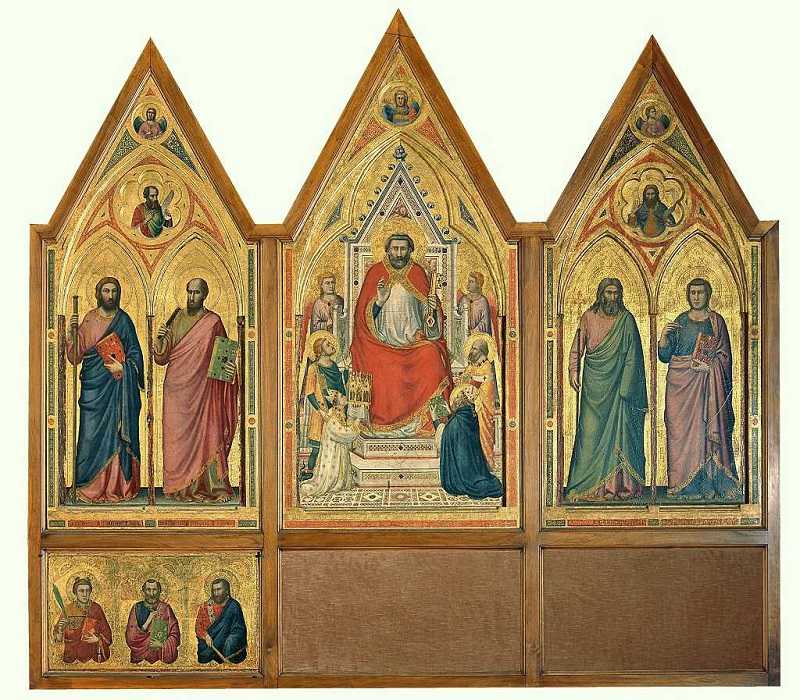
- Deposition from the Cross / Caravaggio
- Madonna of Foligno / Raphael
- Transfiguration / Raphael
- Stefaneschi Triptych / Giotto
- Madonna and Child with Saints / Pietro Perugino
- St Jerome / Leonardo da Vinci
- Crusifixion of St Peter / Guido Reni
- Spiral Stairs (Bramante Staircase)
9- Sistine Chapel
10- Bramante Staircase
There are two staircases in the museums known as the Bramante Staircase. One of these was made in 1505 and it is Belvedere Palace part of the Pio Clementino Museum. The famous Bramante Staircase is the New Bramante Staircase. You can see it in the entrance and exit of Vatican Museums. It was designed by Giuseppe Momo in 1932 by being inspired from the old staircase. This monumental spiral staircase, also known as the snail staircase, is the most photographed staircase of the world. The people climbing up and coming down the stairs do not meet each other due to the design of the staircase.
Useful Links;
